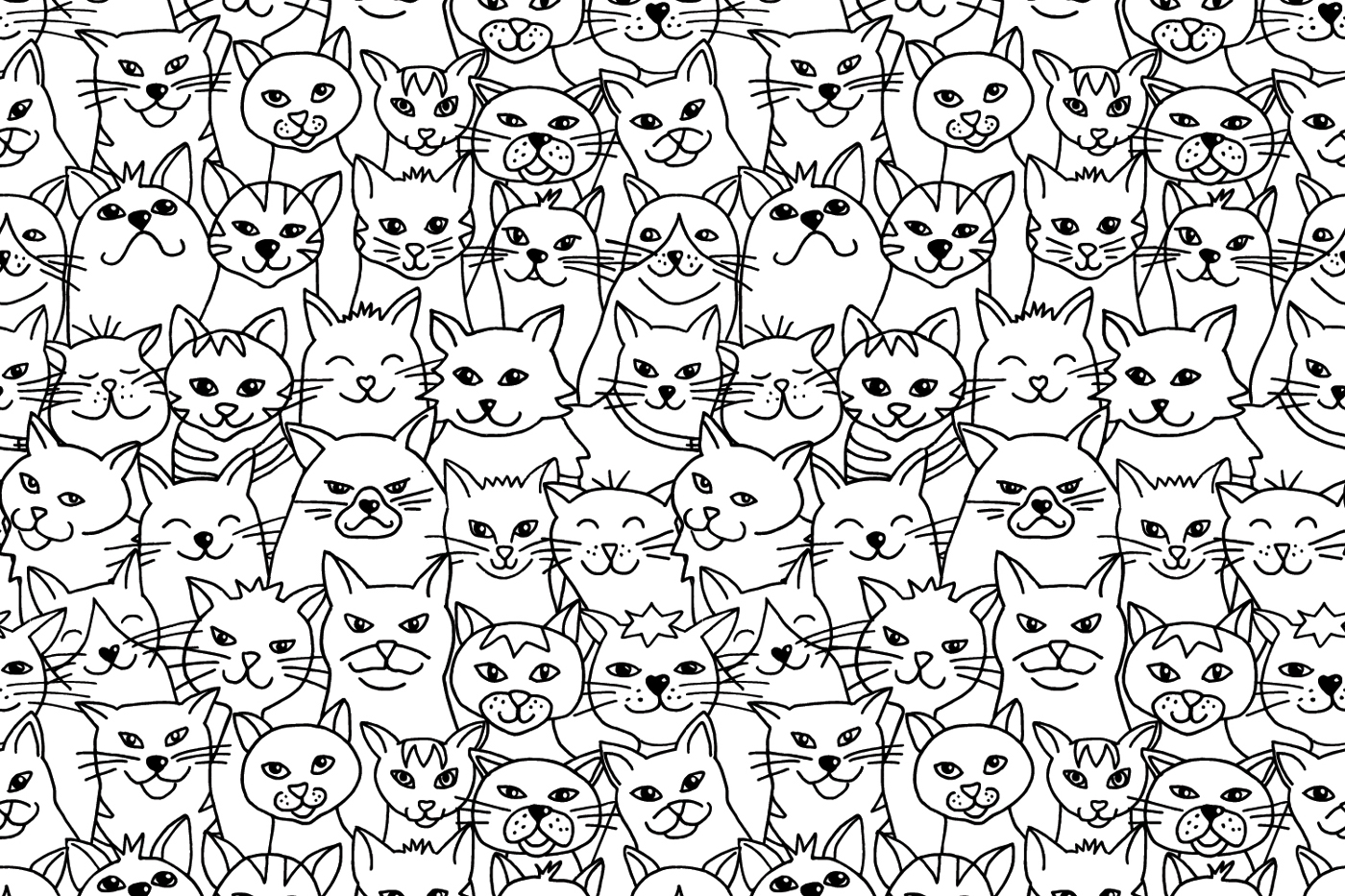The kittens were found under a doghouse in Mill Woods during a brutal December cold snap. Five had already frozen, and the other three weren’t far behind. “If we had gotten there one day later, I think they probably all would’ve been dead,” says Christine Koltun of Furget Me Not, the rescue she started out of her home in March 2018.
While the year-old mother was likely a stray, her surviving kittens were feral, having lived their lives to that point without any human contact. These are just three of Edmonton’s estimated 63,000 feral cats, which survive in the city’s liminal edges, where weather, predation, disease and malnourishment are constant realities.
Though numerous, feral cats are experts at not being seen, avoiding human interaction while taking advantage of the shelter, food and water that can be found in cities. As social animals that easily interbreed with strays and free-roaming housecats, they form colonies ranging from a few individuals to several dozen. In Edmonton, these colonies are peppered throughout the river valley, in industrial parks and in undeveloped pockets of residential areas.
Rescues like Furget Me Not provide medical treatment and sterilization with a possibility of rehabilitation and, in some cases, even adoption. In two years, Koltun estimates she’s adopted out some 800 cats and kittens — but only a small percentage of them were feral. Feral kittens can be adopted after a socialization process, which acclimates them to humans, though this becomes difficult after four months and impossible after six months of age. Even for the youngest kittens, socialization can be lethally stressful. “Sometimes even at seven or eight weeks,” Koltun says, “they just can’t get past that mindset that humans are the enemy.”
Edmonton has adopted a Public Trap Neuter Return (PTNR) strategy to manage its feral cats. Those cats captured by residents within city limits can be sterilized at the Animal Care and Control Centre before being returned to the outdoors. According to Animal Care Coordinator Tracy Bauder, the program is by appointment only, due to large quantities of cats being taken in, and the shelter’s limited capacity. On its website, the city provides some guidelines to help the residents spot the difference — and discourage them from misidentifying and bringing in owned, free-roaming cats.
